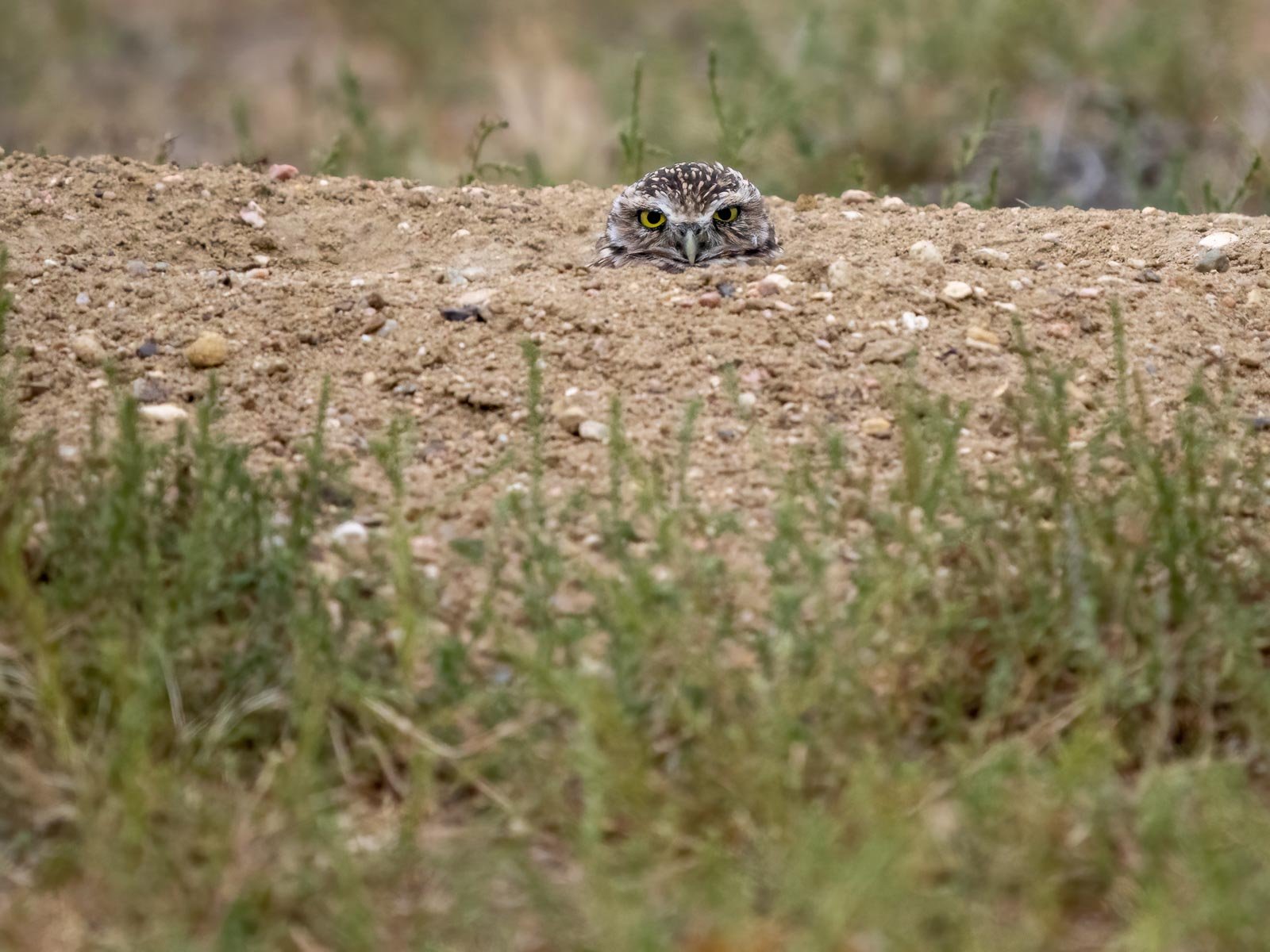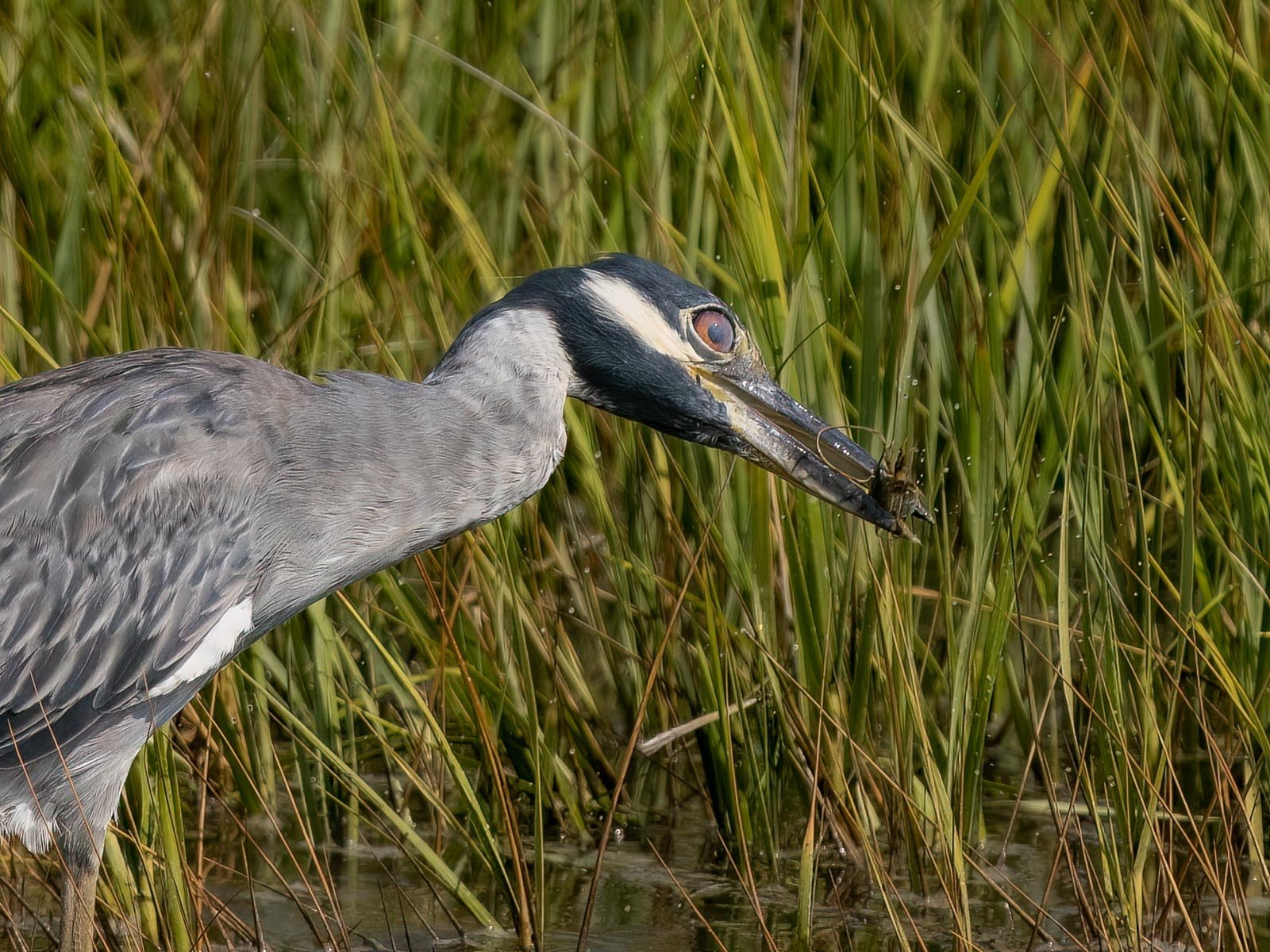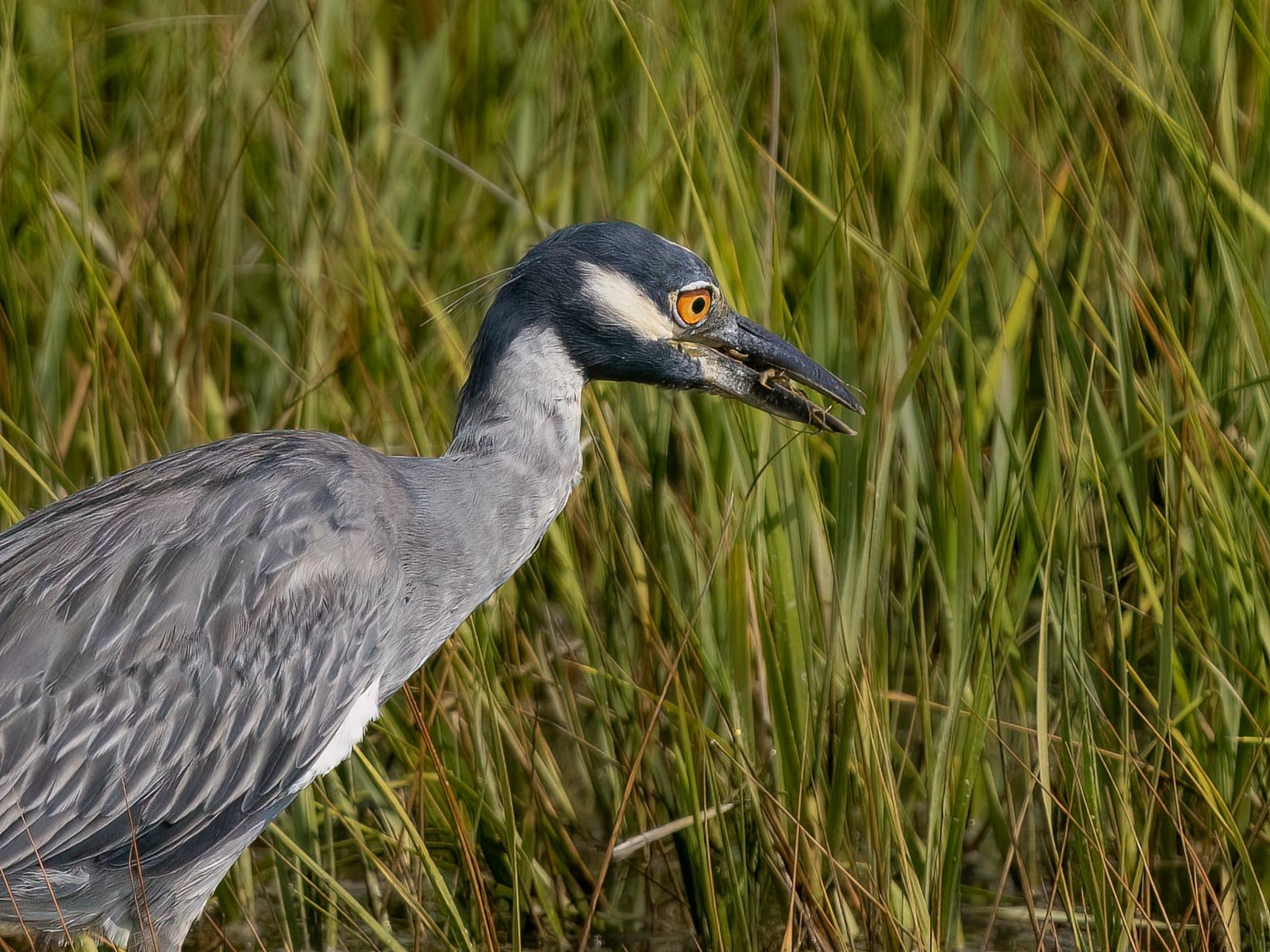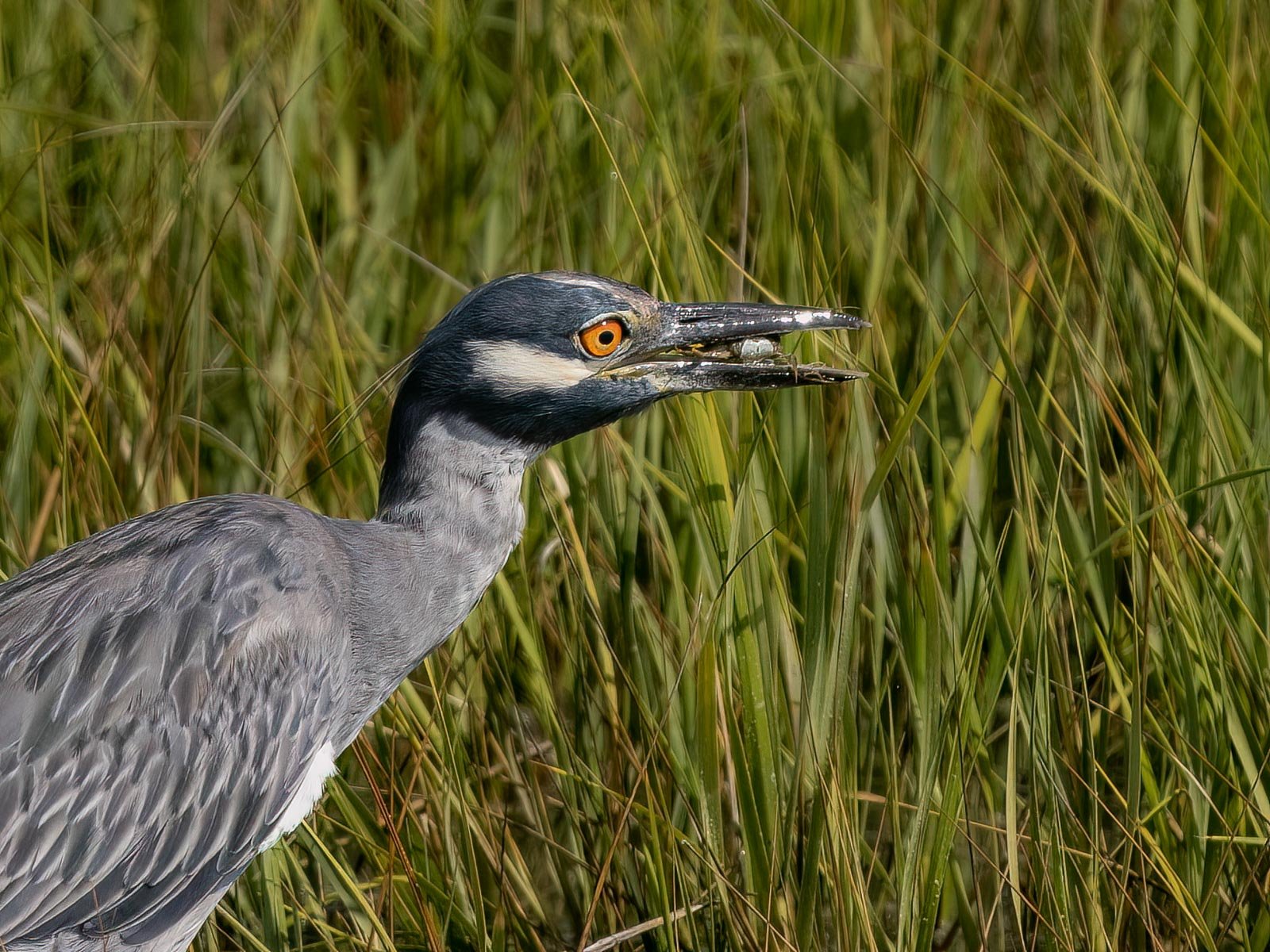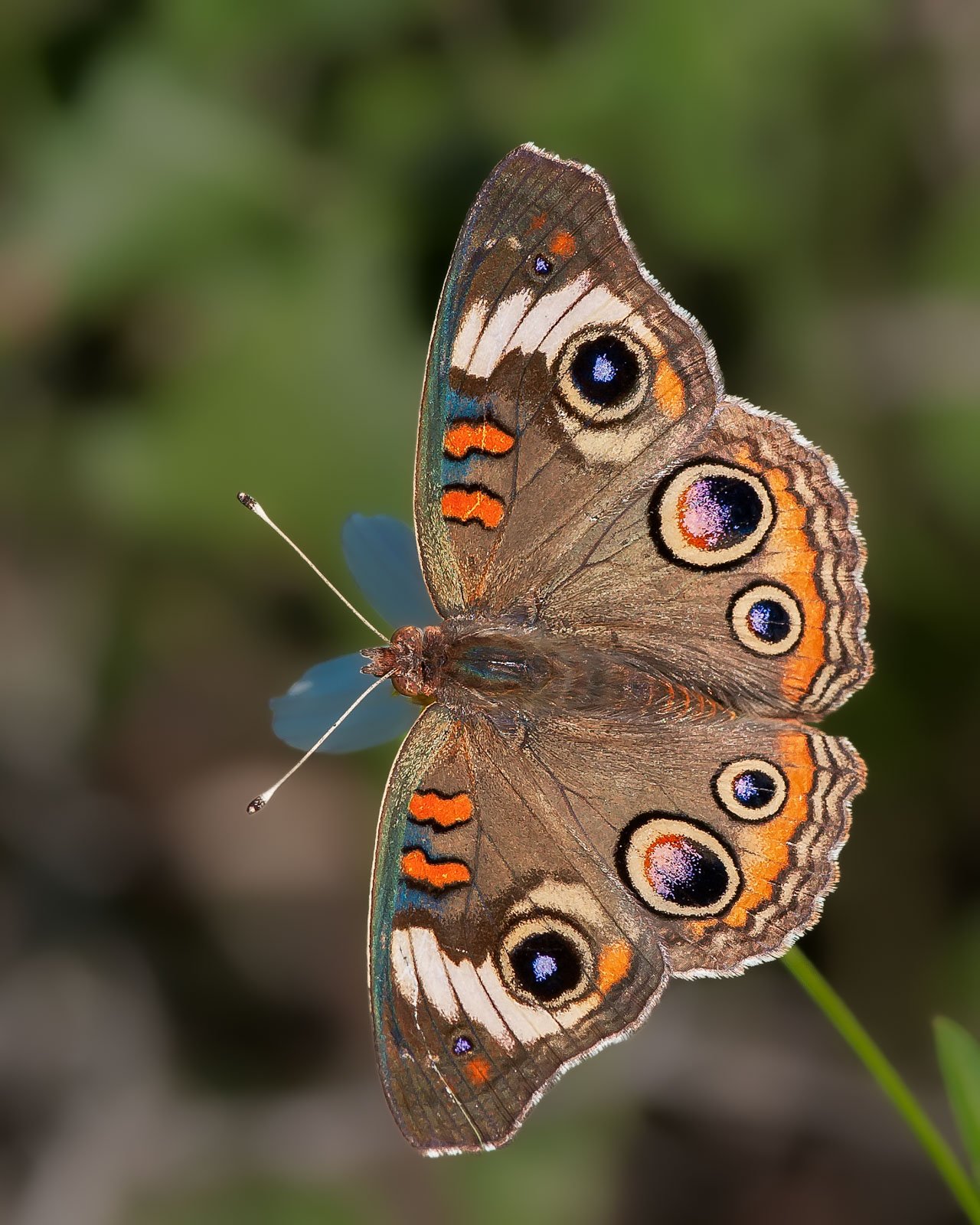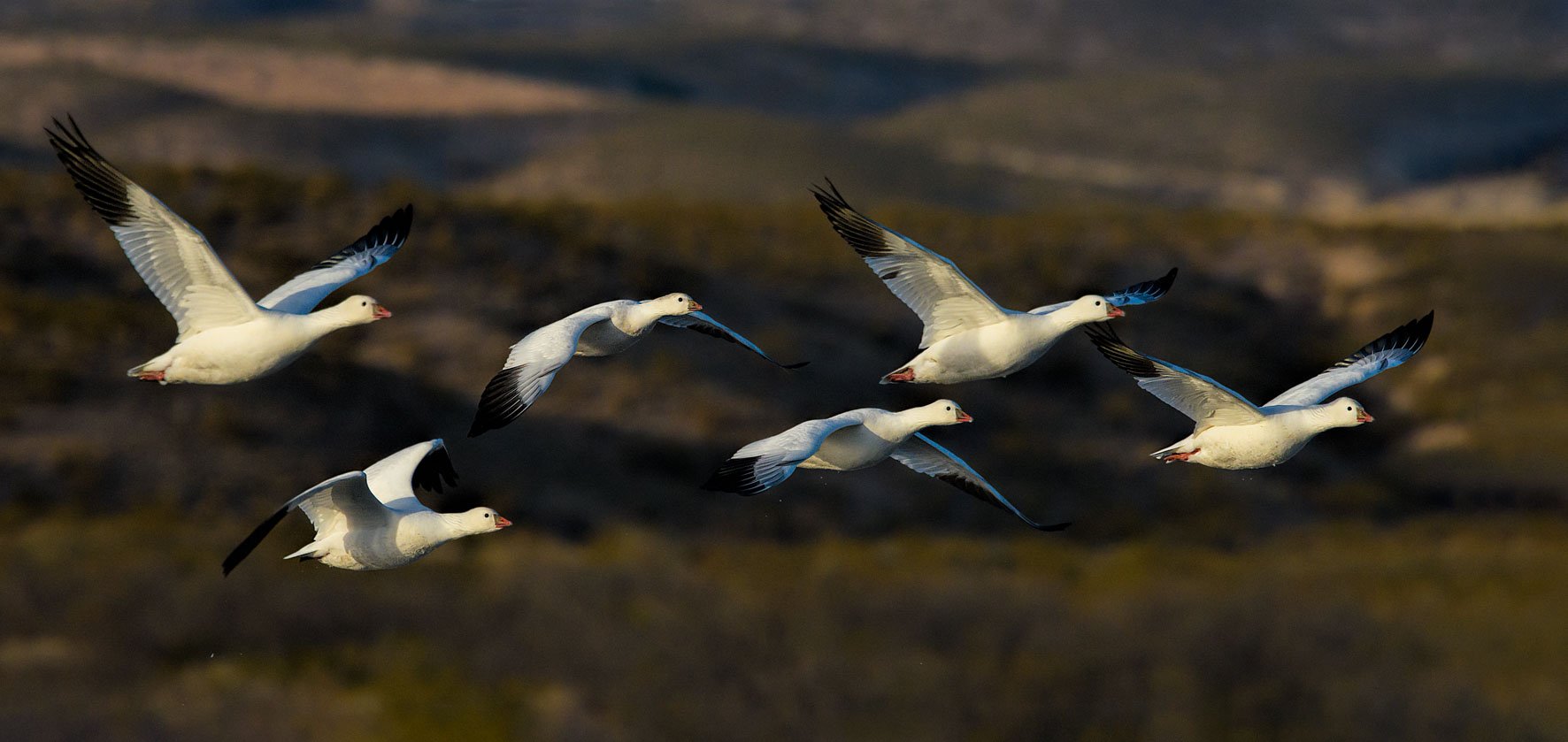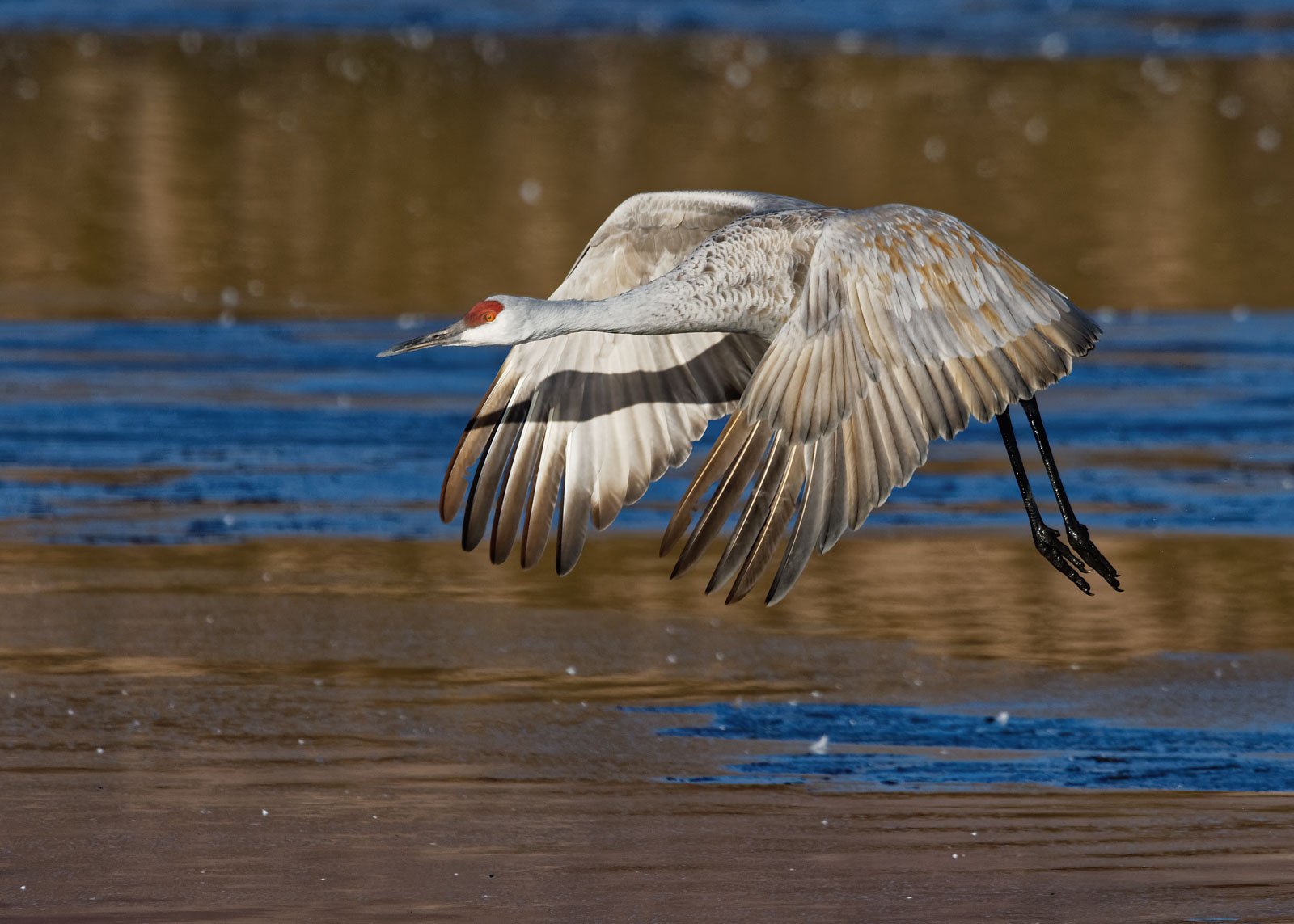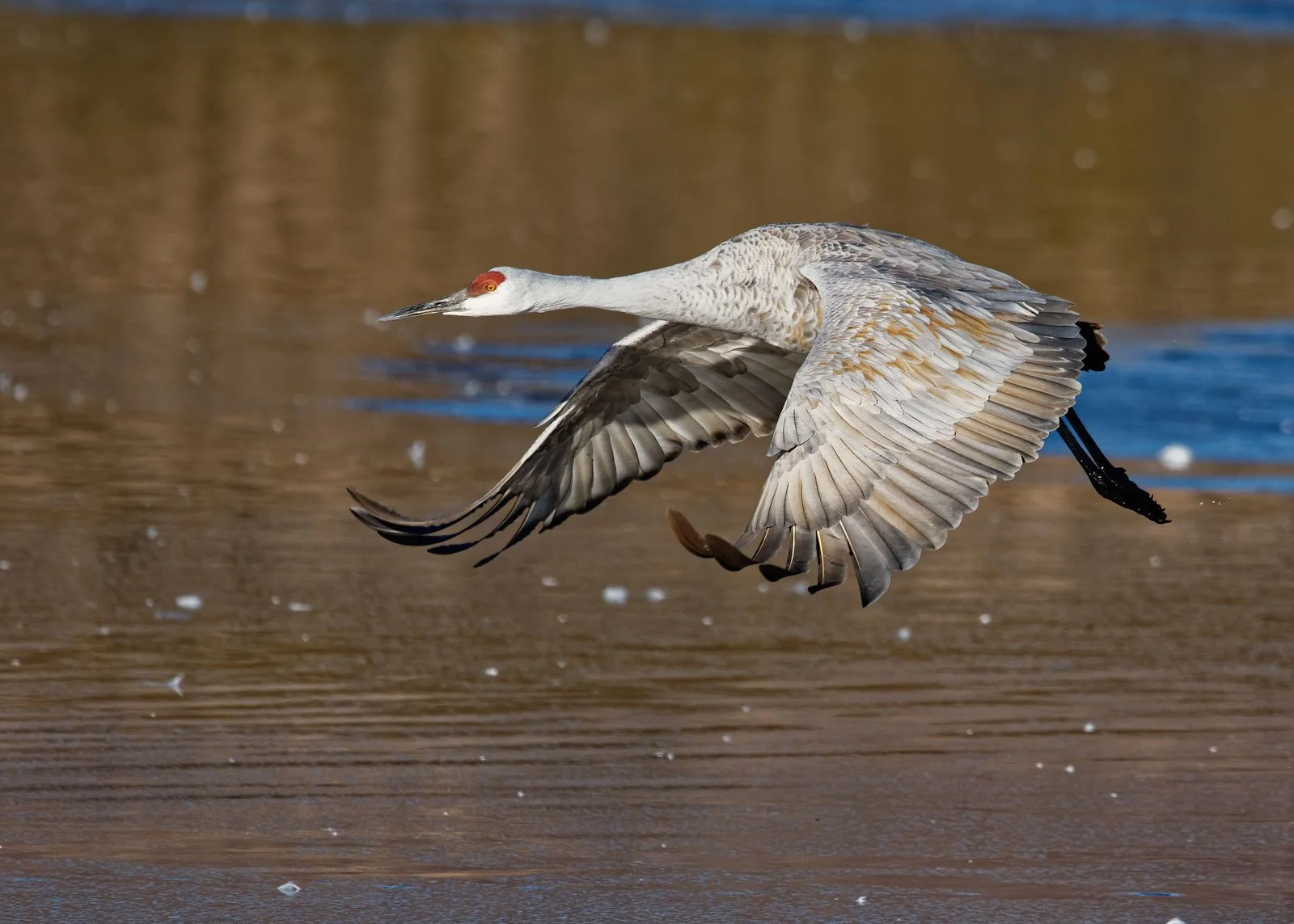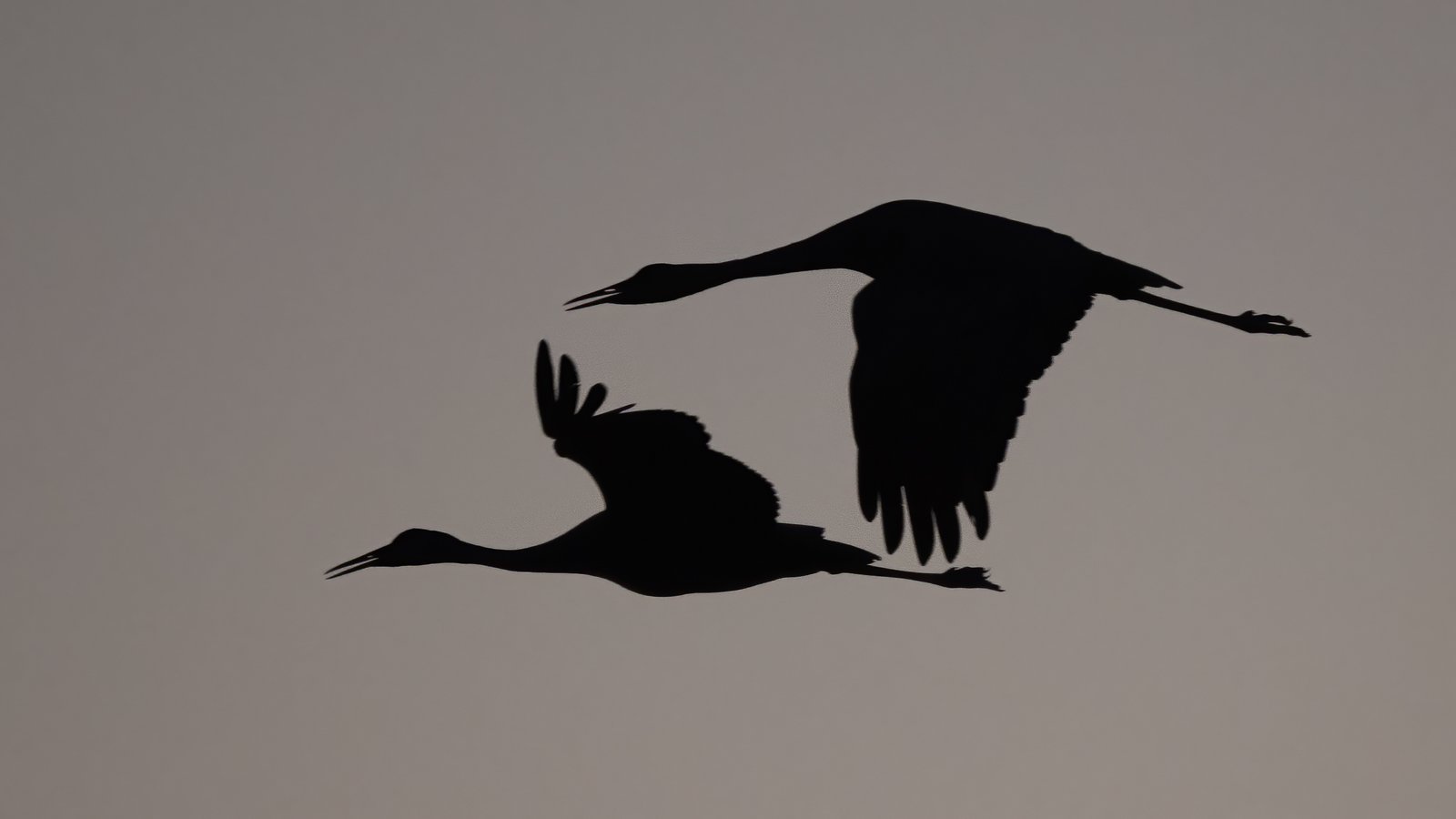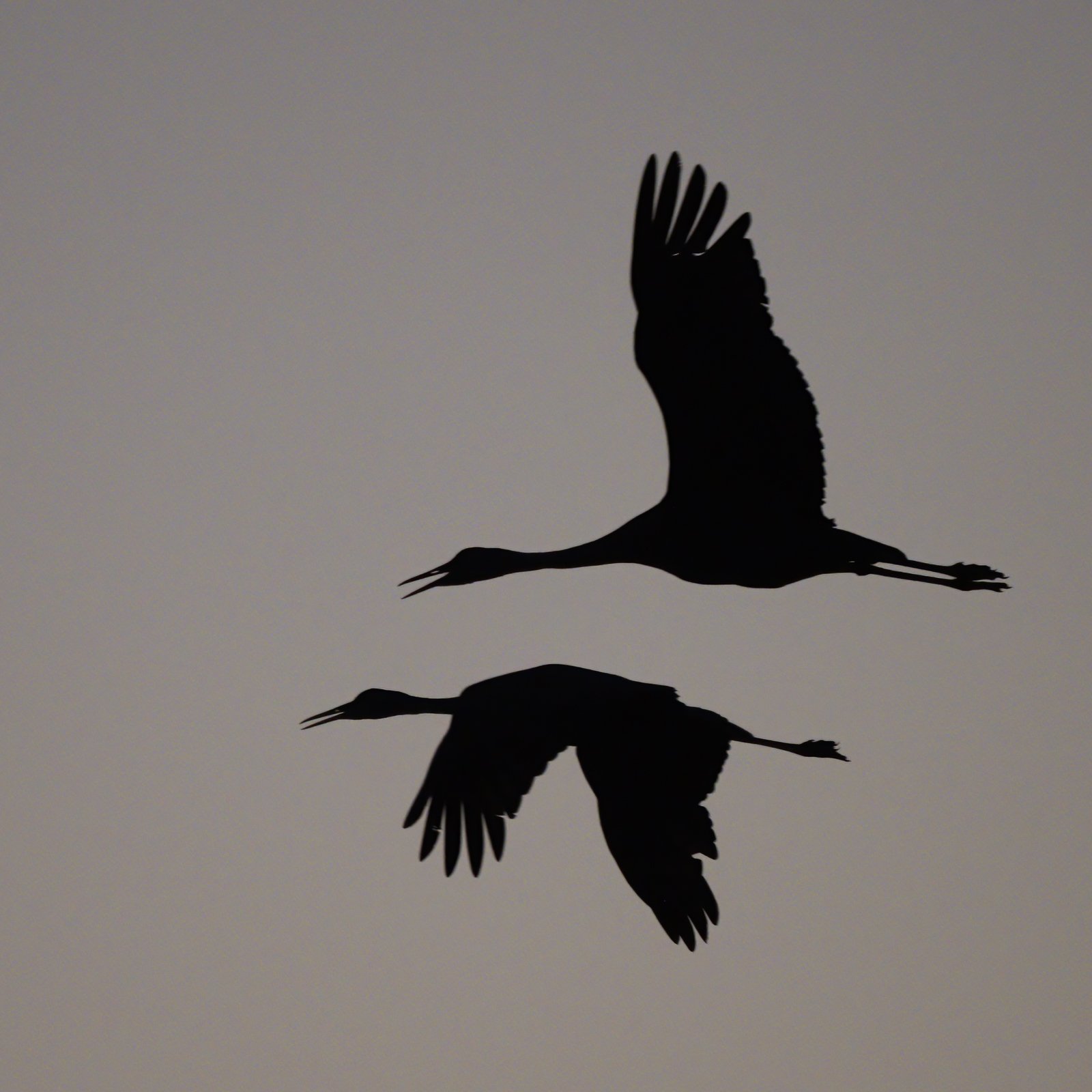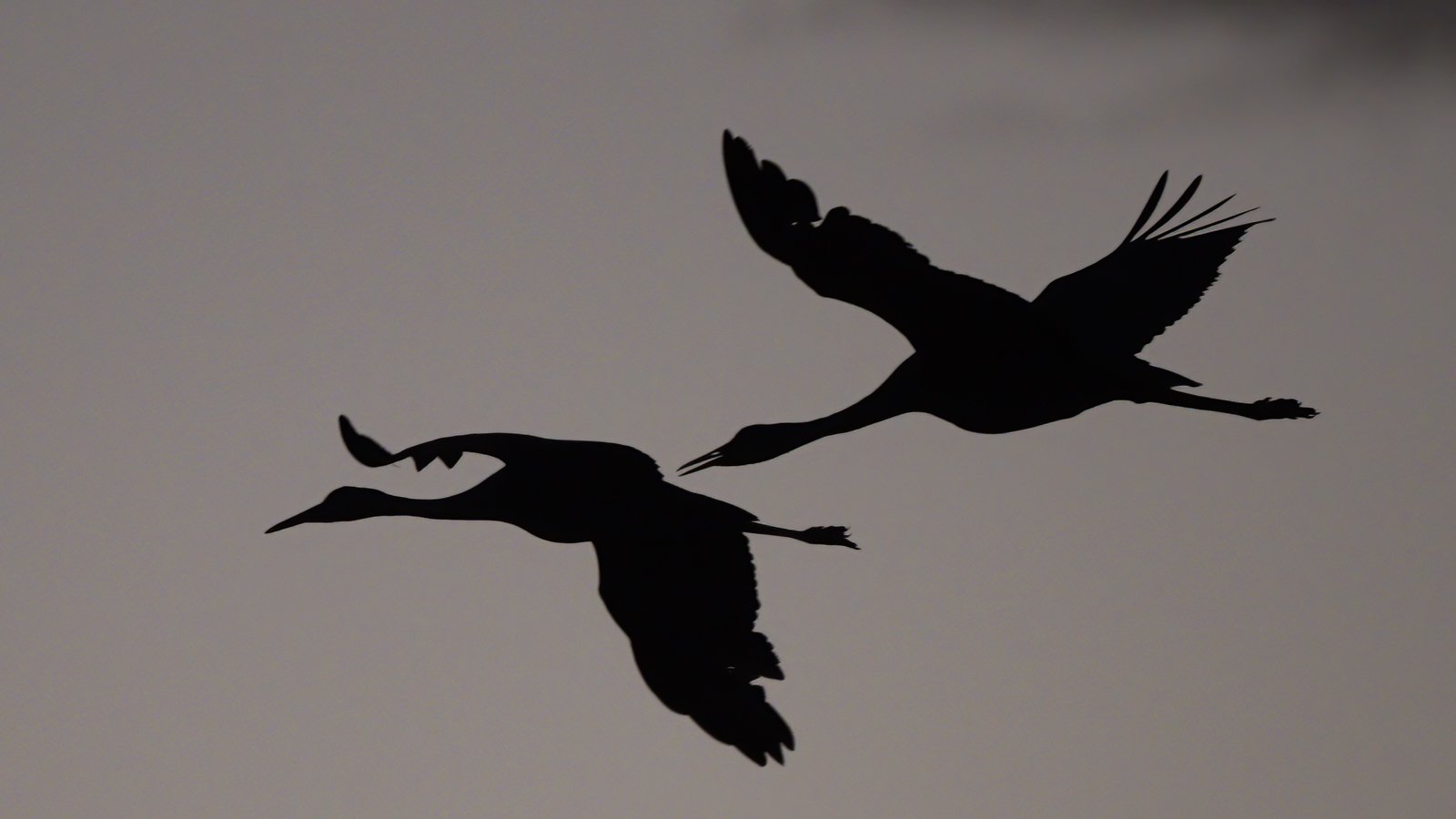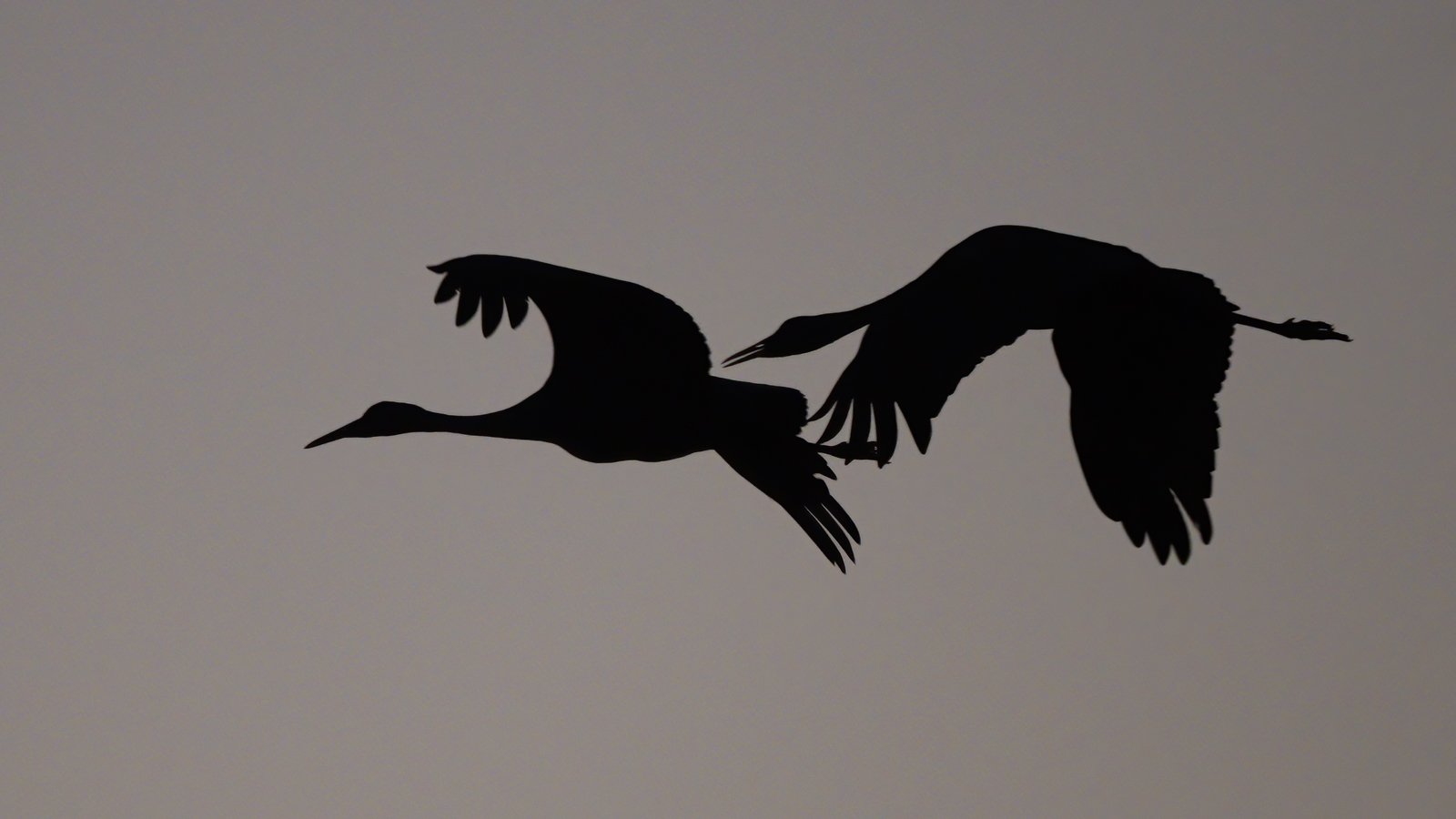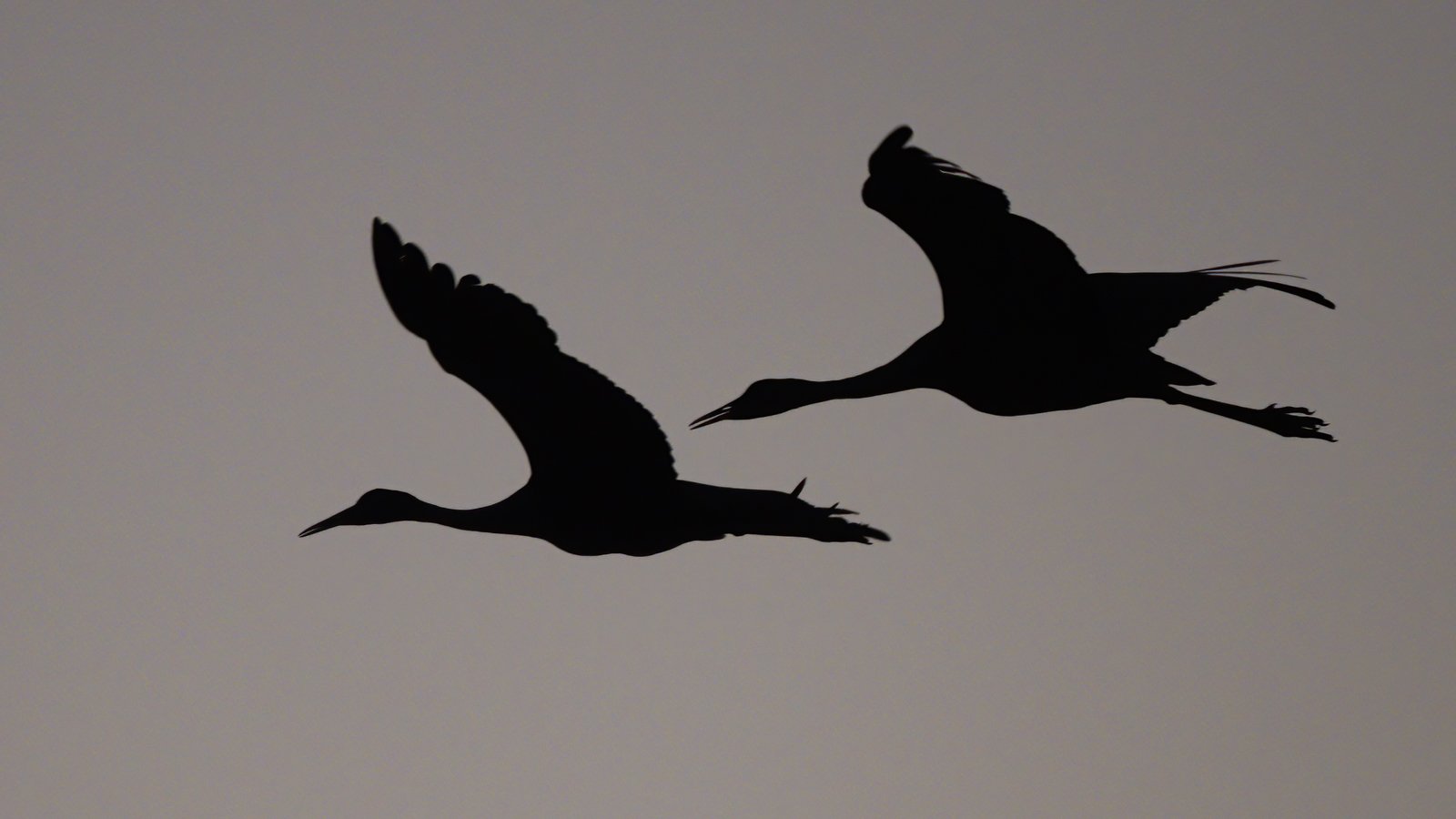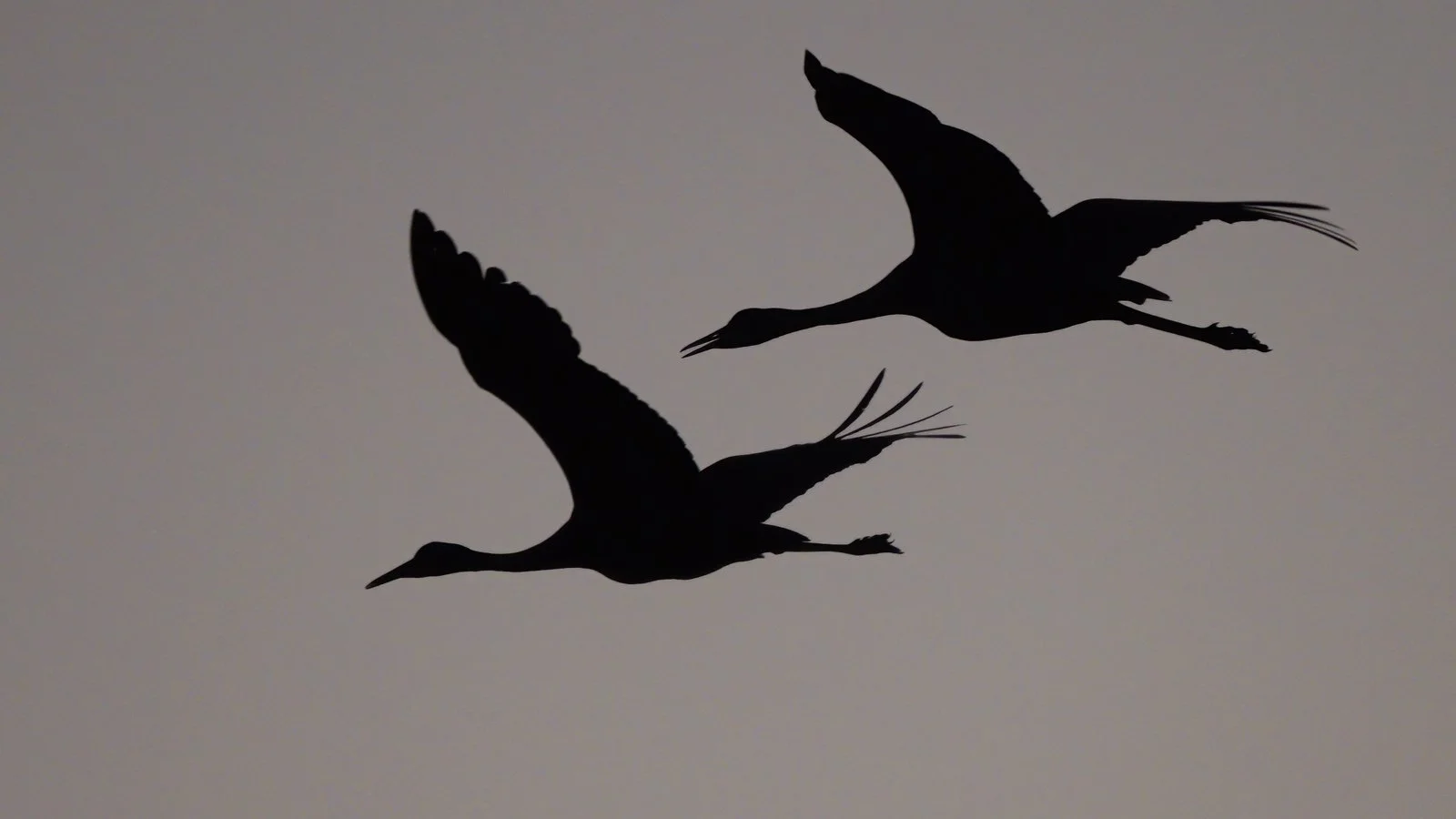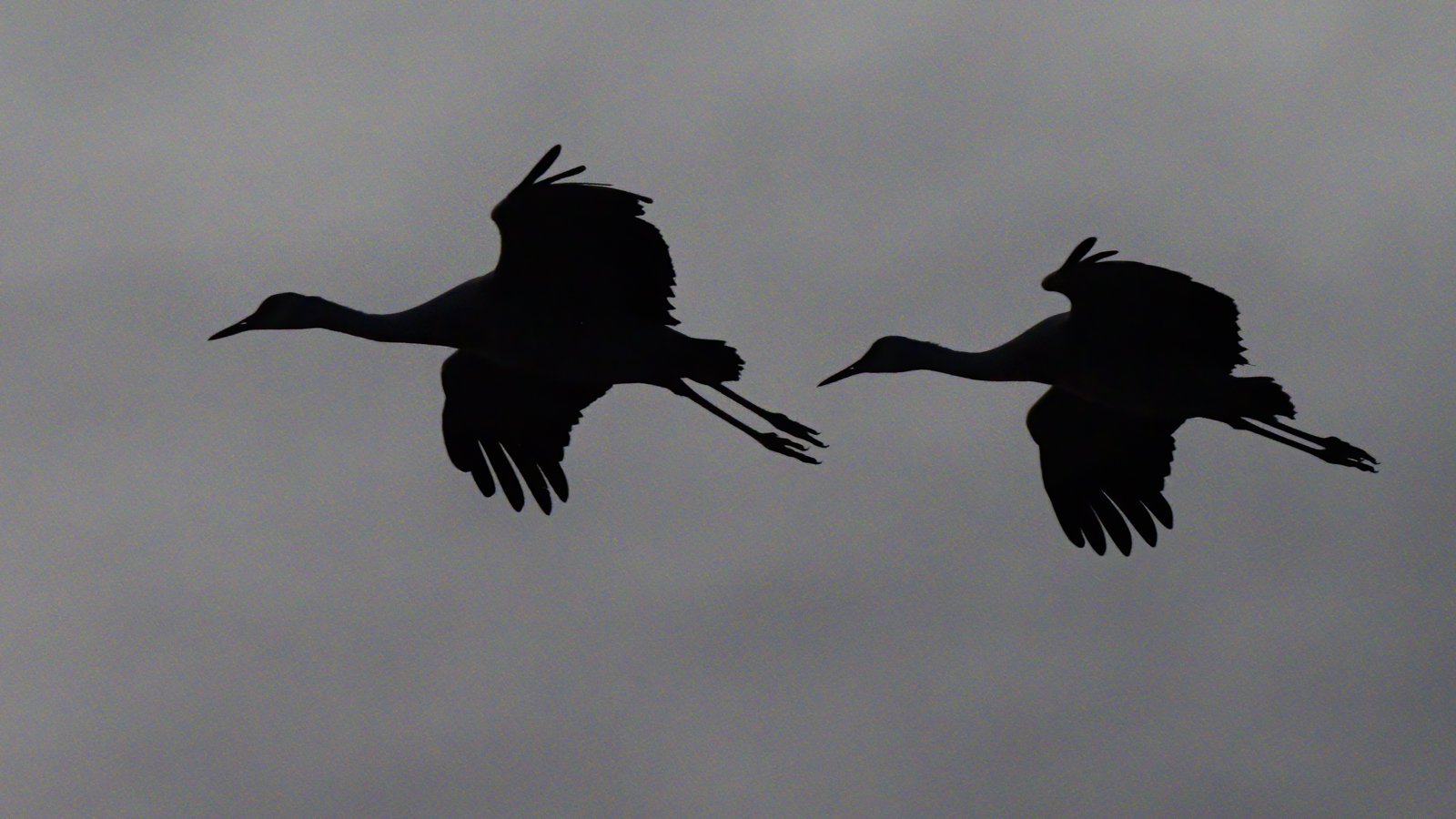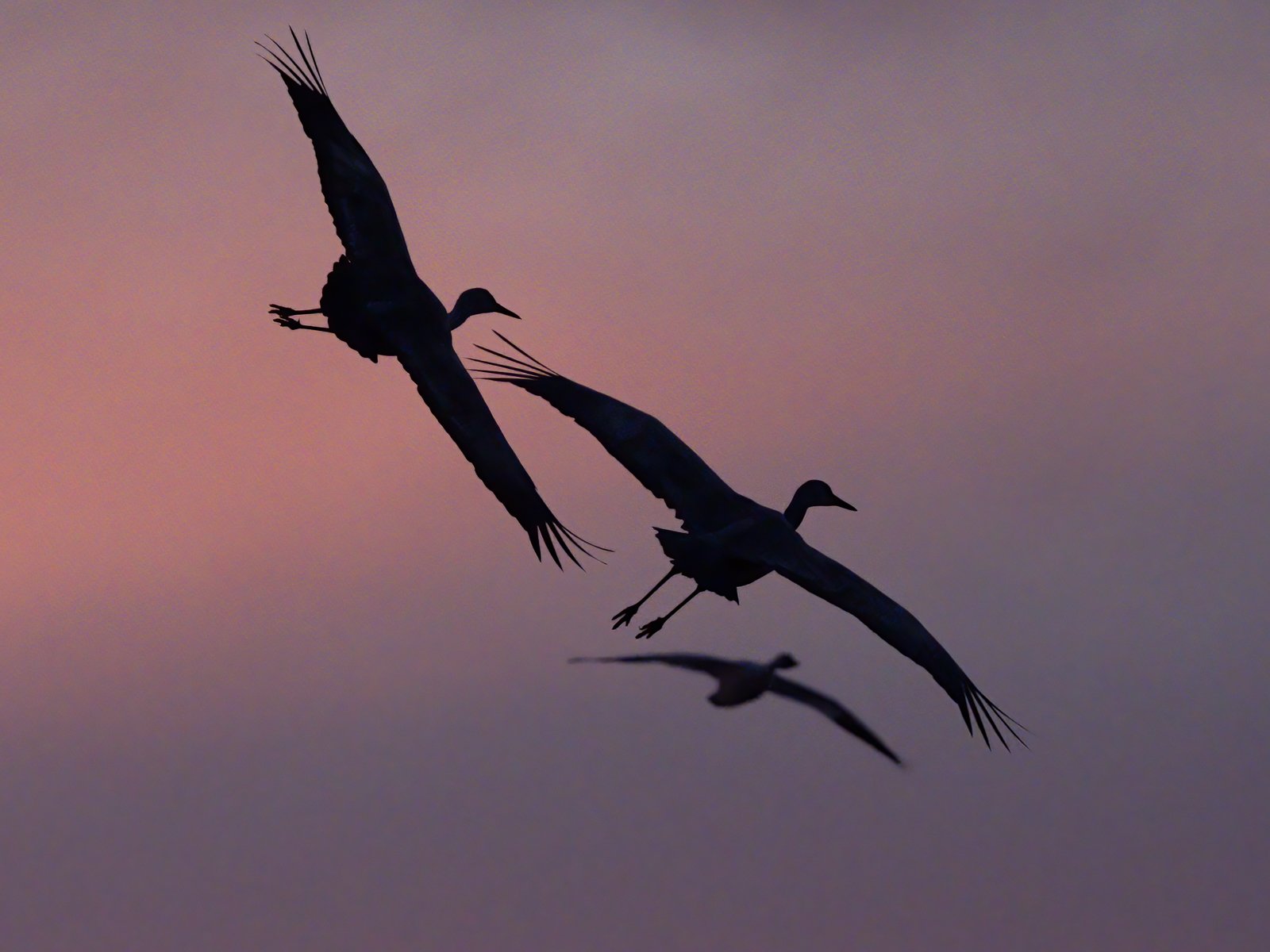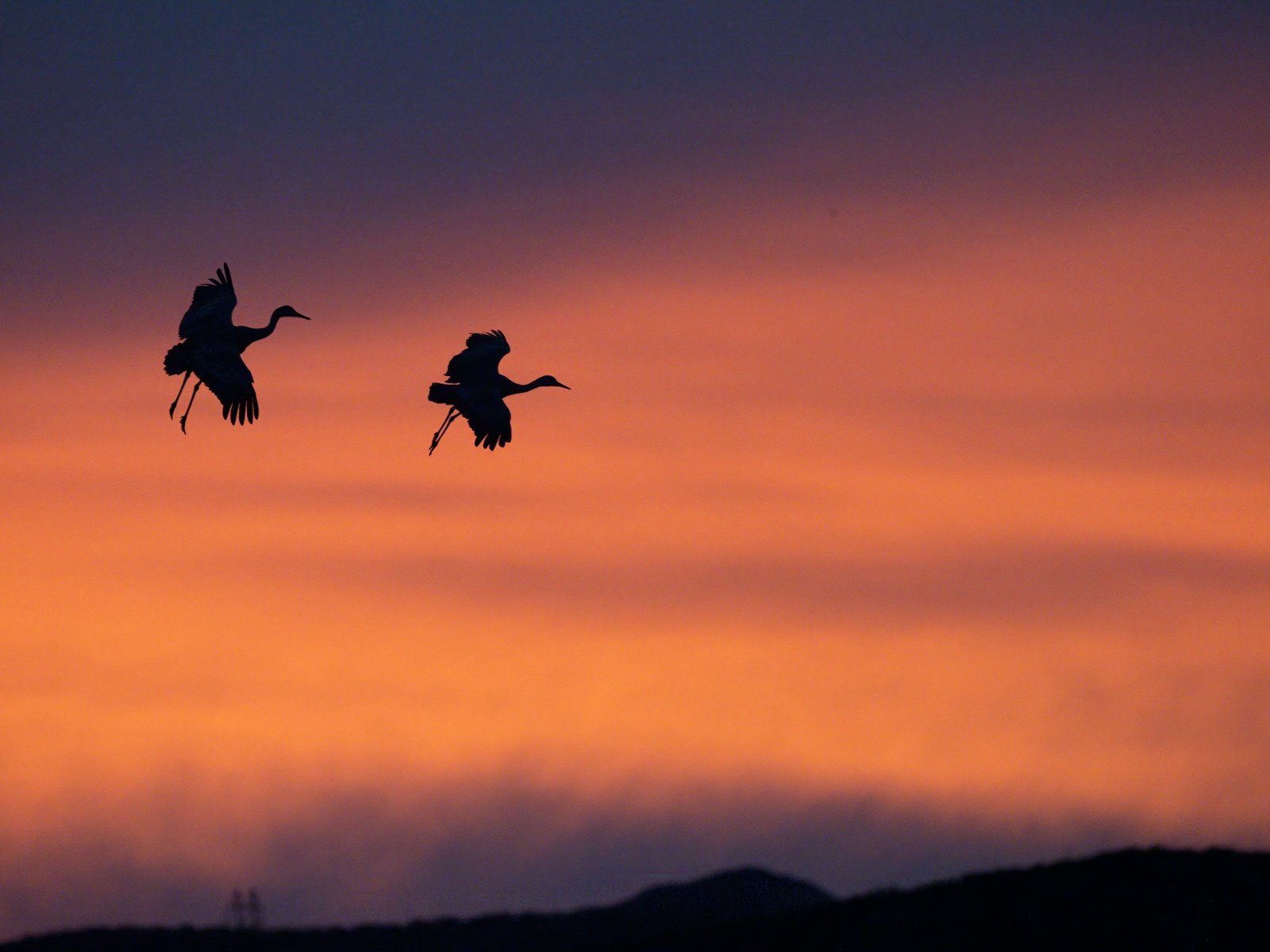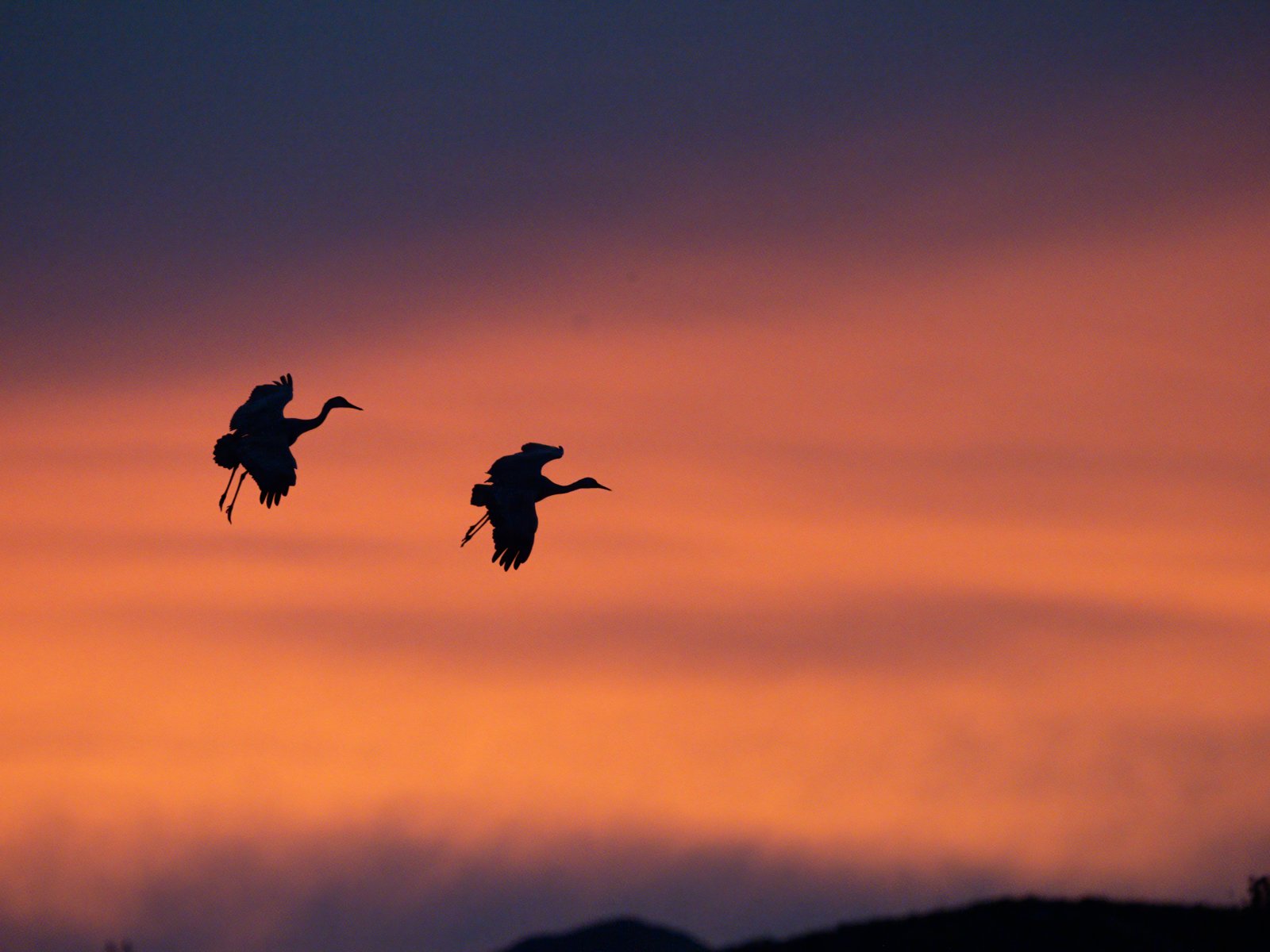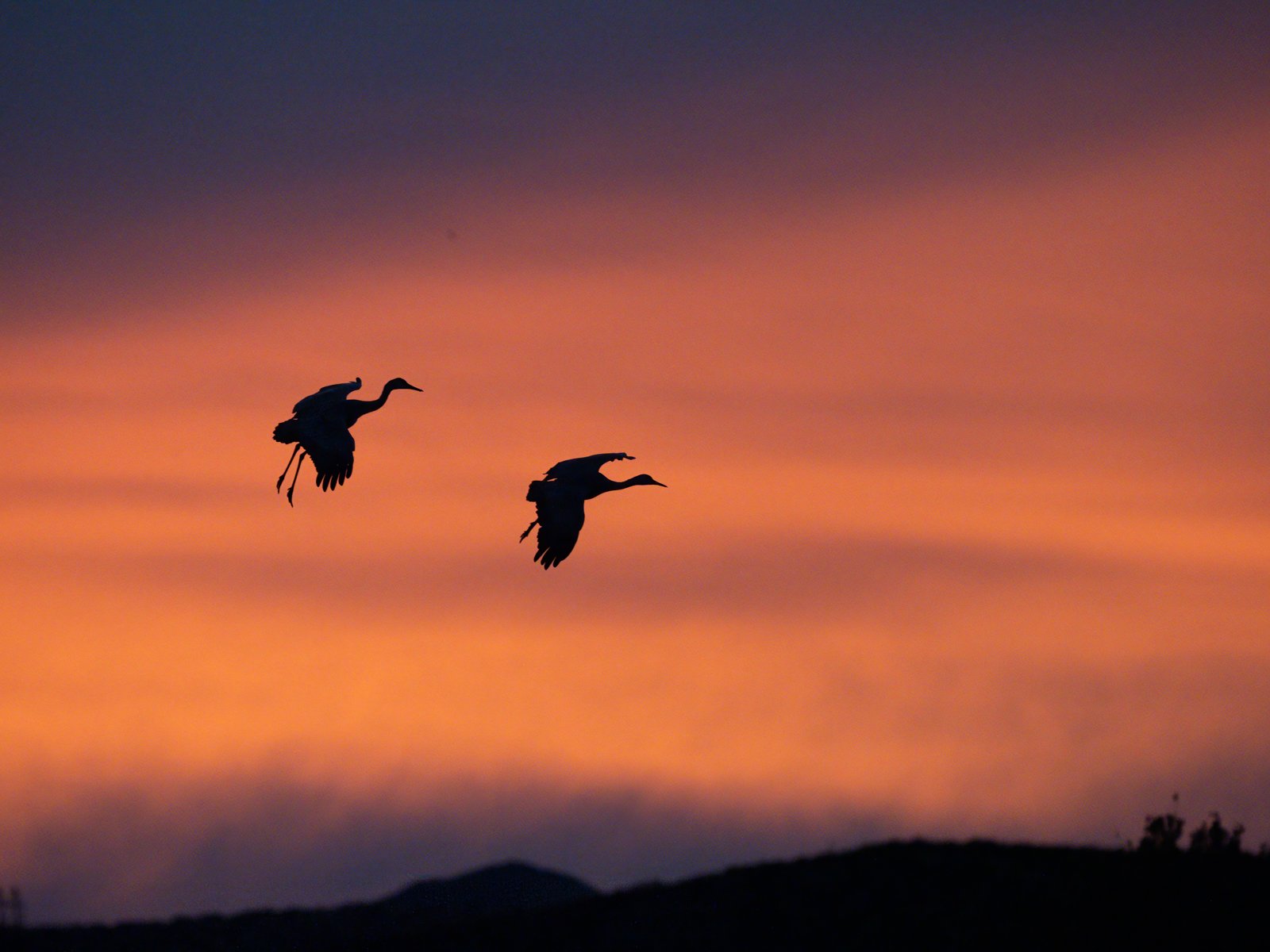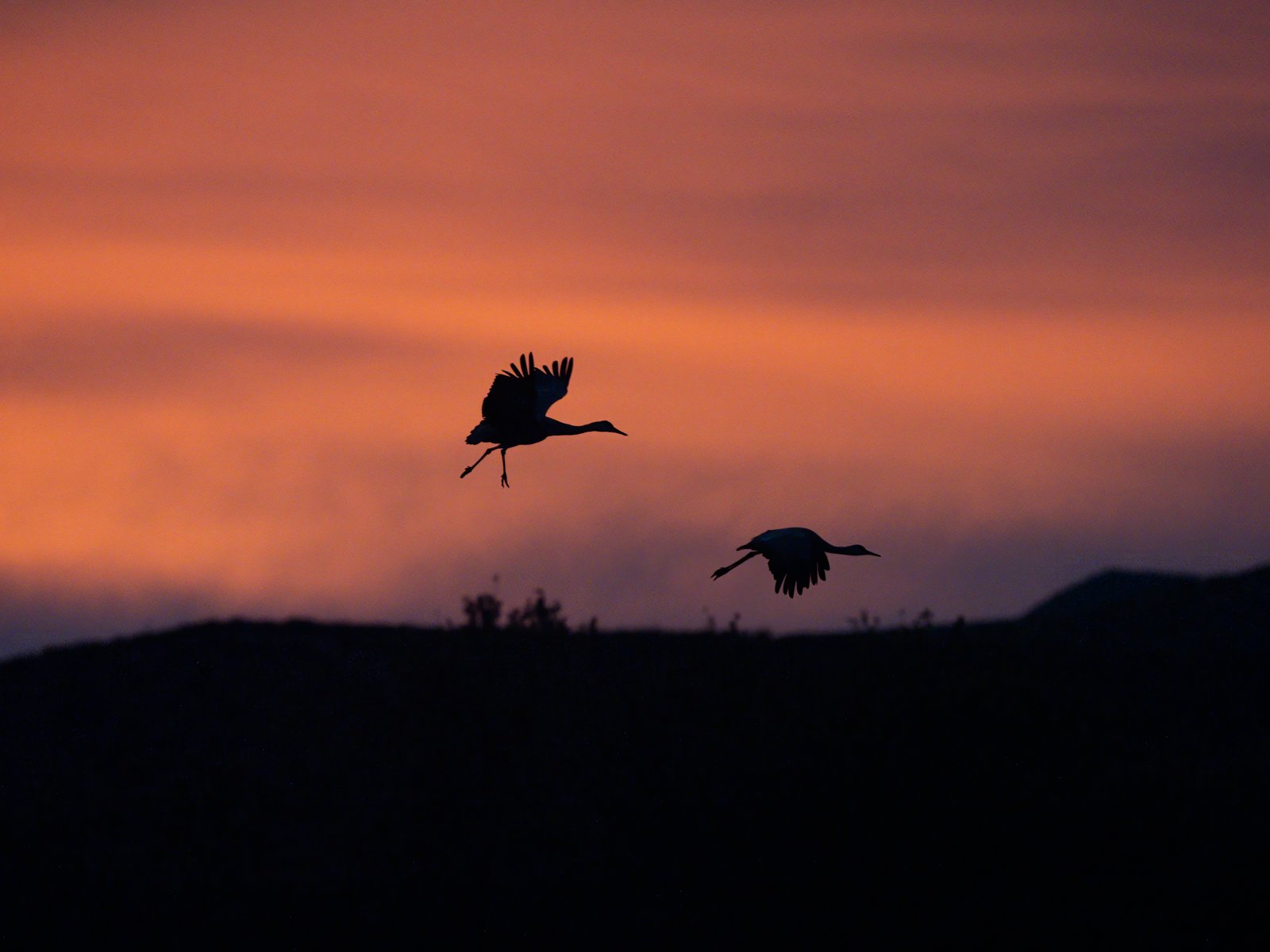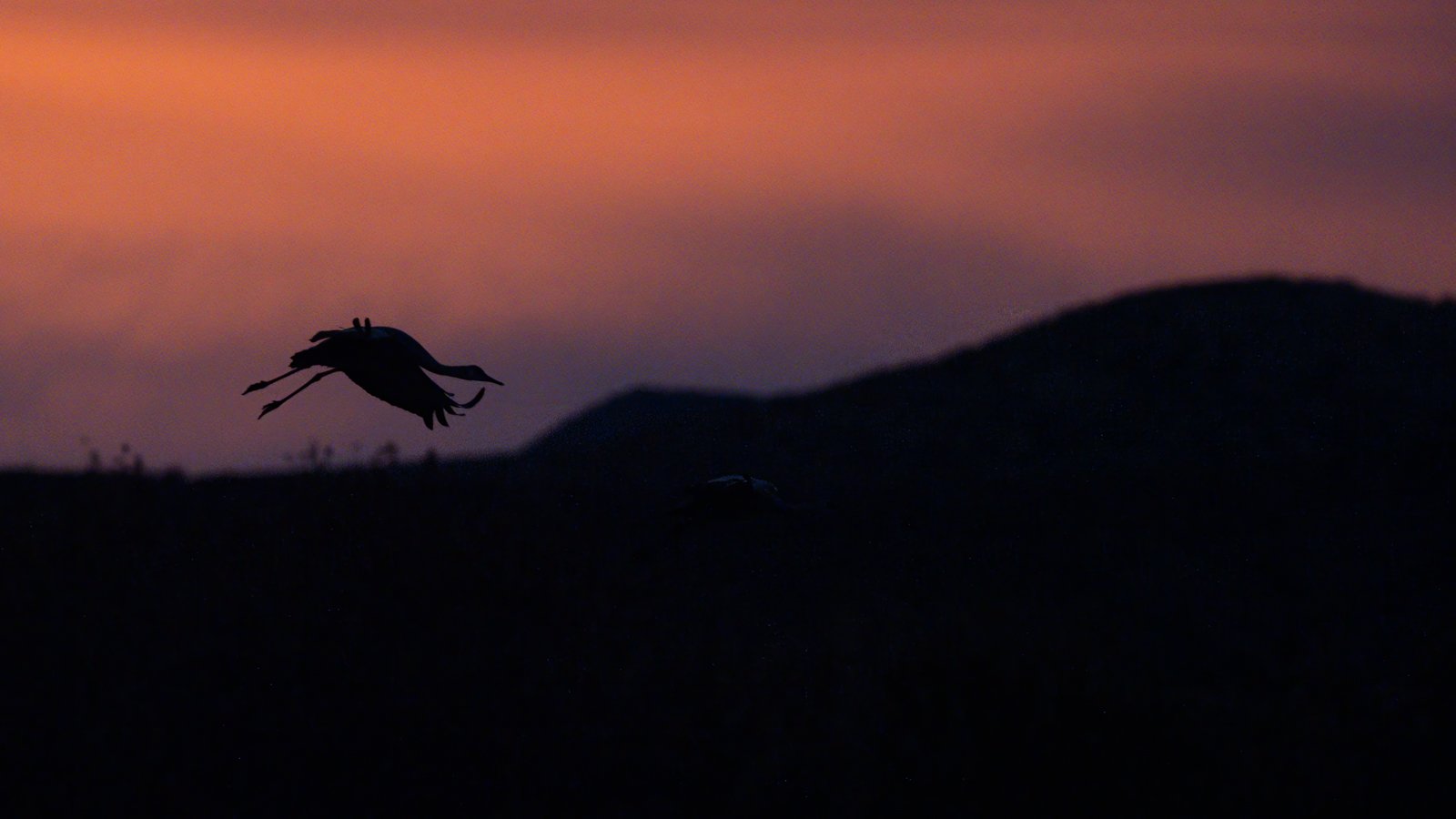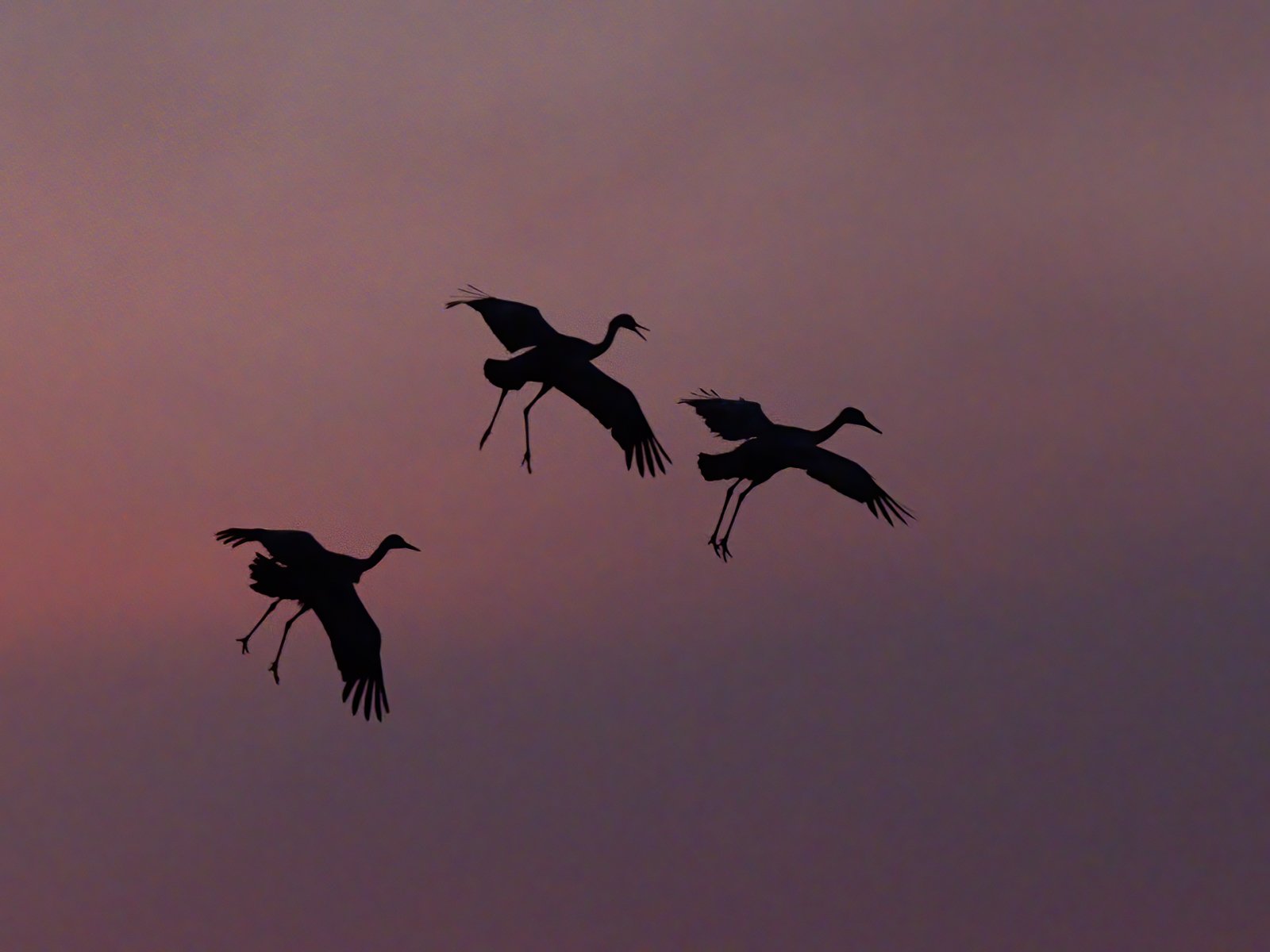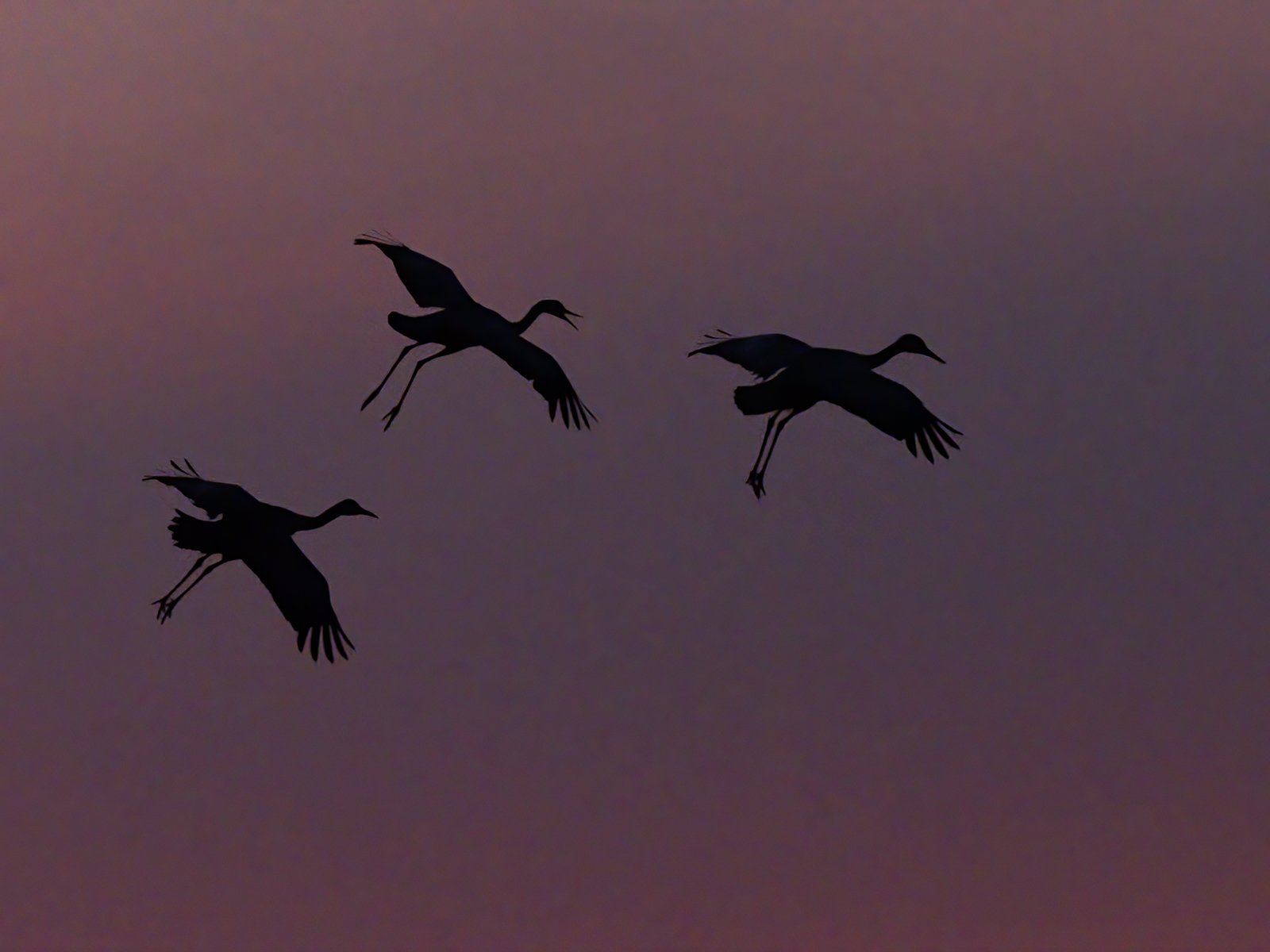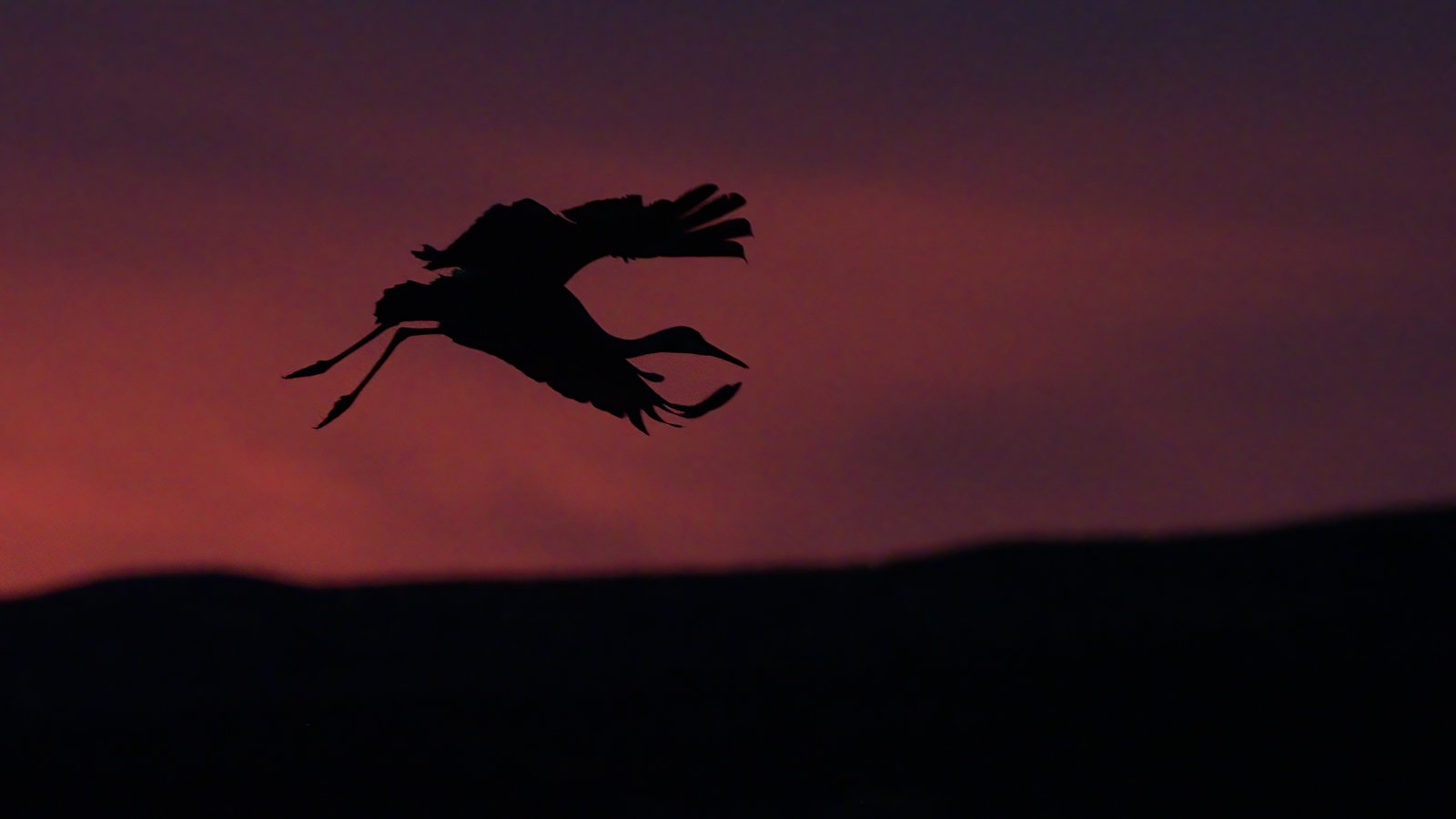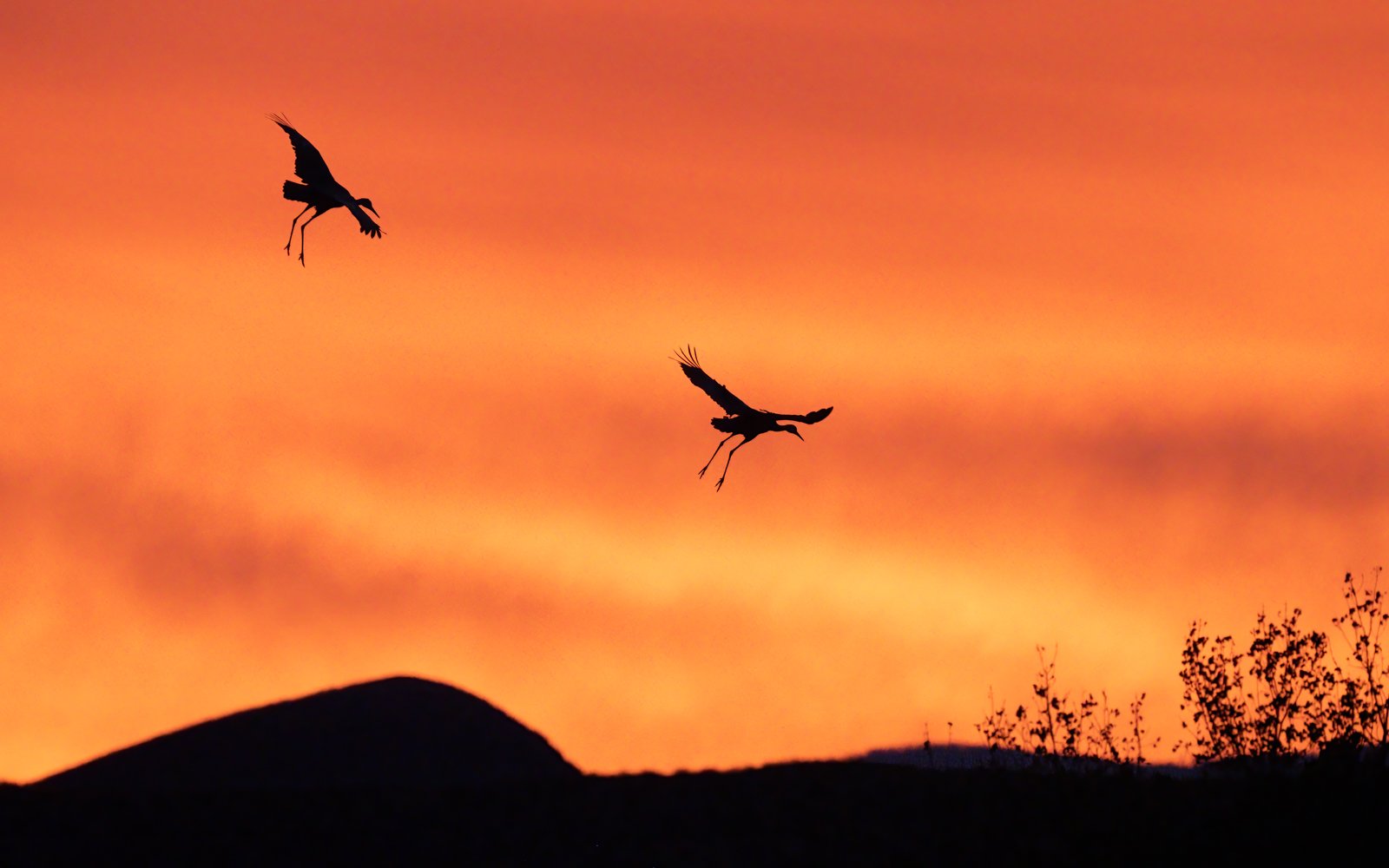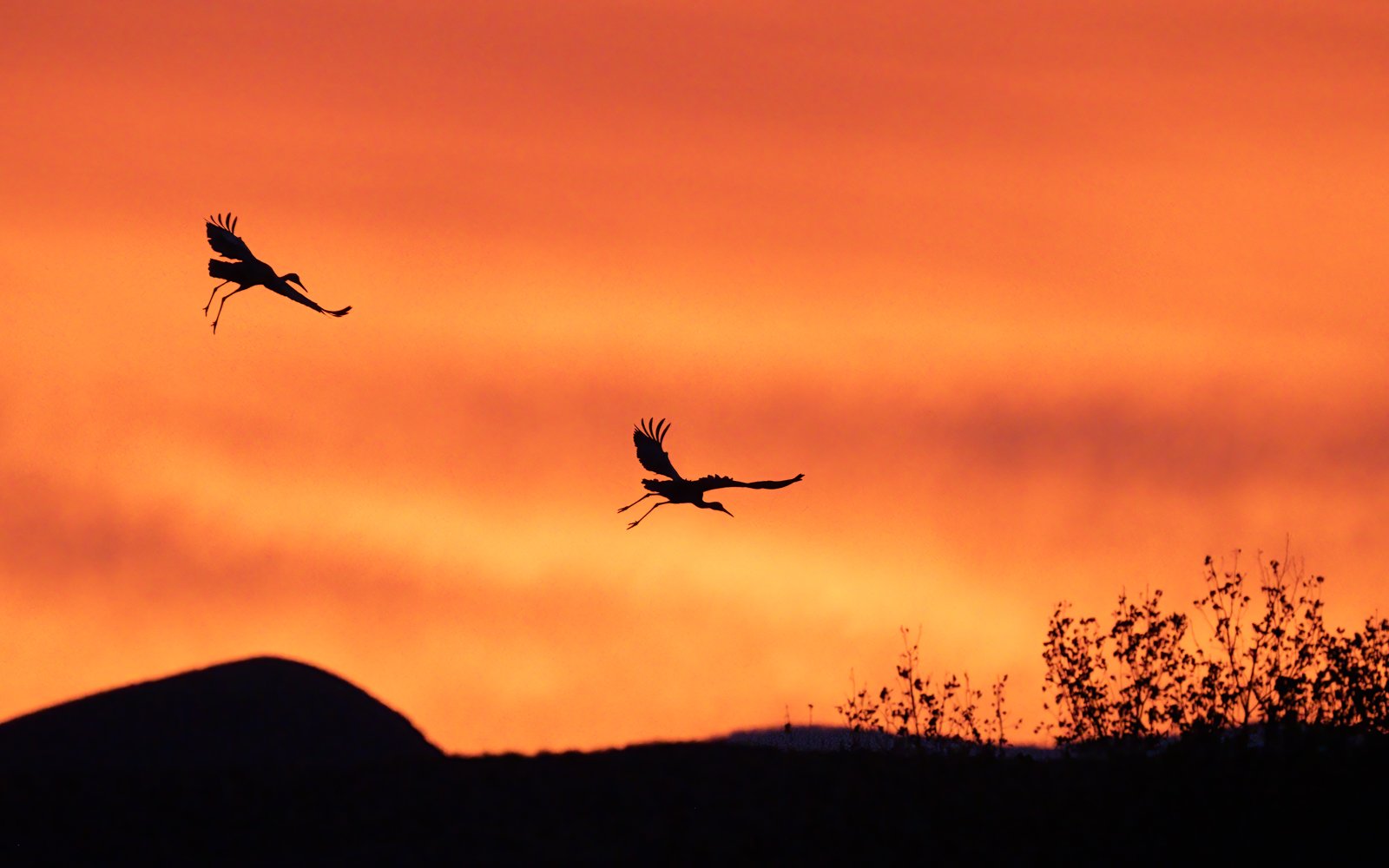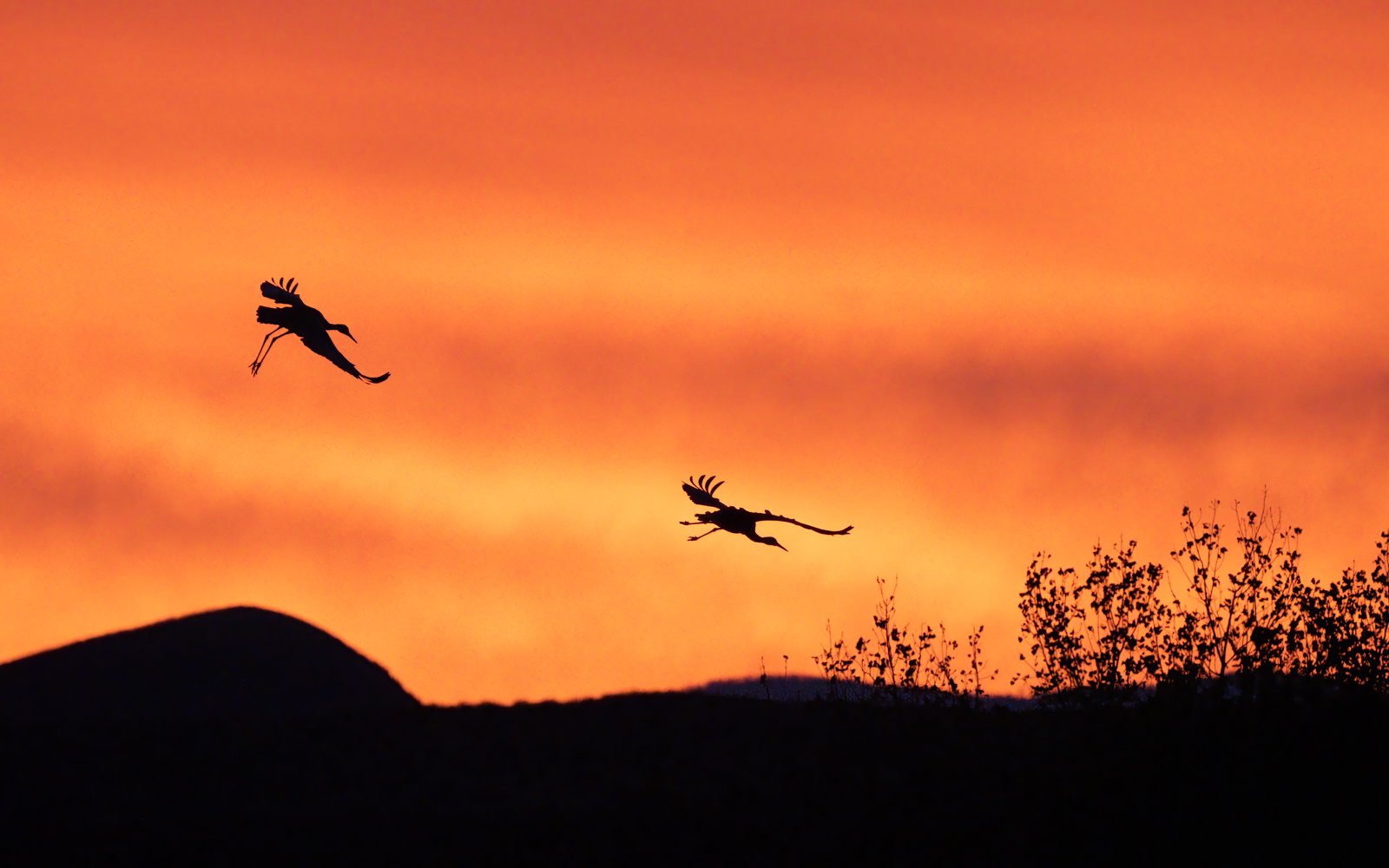Pawnee National Grassland
/I decided to visit the Pawnee National Grassland on Wednesday It is about a 90 minute drive from my condo. It was not my most productive photography outing, but I enjoyed being there and seeing, from a greater distance than I desired, flocks of sparrows and other grassland birds. I saw a fair number of birds, but not so many in my viewfinder. How can I rationalize the failure to capture a greater number of interesting photos? I could blame it on the increase in traffic in the grasslands, but I would need to suppress the memory of what I actually experienced (see photo below).
Or … I could argue that the birds would not let me get close because of the decrease in useable habitat attributable to the marked increase of recent development in the area. But I would need to convince you that the developments in the area were recent.
And I would need to convince myself that the failure to capture some interesting images was not due to slow reflexes.
Perhaps I was expecting too much. It was windy and the birds were staying low in the grass most of the day.
The burrowing owls were not very active. One only peeked at me a few times.
Another one exposed most of its body but did not engage in any interesting behaviors.
I saw numerous McCown’s Longspurs hovering, but at a distance. This image is heavily cropped and over sharpened.
Decent exposure and sharpness on shots of a Brewer’s Sparrow taking flight, but ….
only the back of the head is visible.
This photo of a Rock Wren is o.k., but I wish it was perched on a rock.
This post is not a lament. Consider it a verification of the “Be Prepared” section of Mia McPherson’s blog post entitled So ya think ya want to be a bird photographer? LINK in which she has a section about being prepared to be frustrated. If you haven’t read this entry in her blog, you should.
I am eager to return to the Pawnee National Grassland. Capturing the hovering behavior of the McCown’s Longspurs is now on my bucket list.

